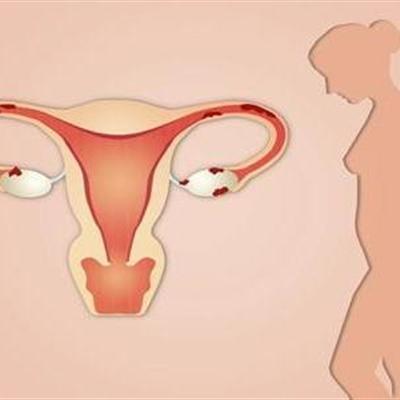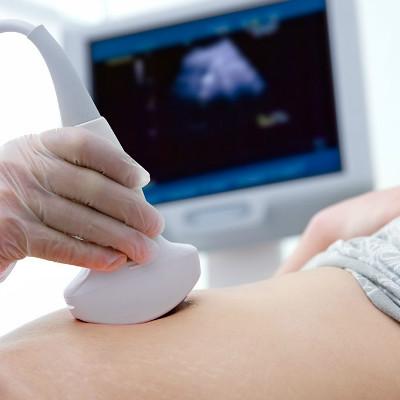The operation method of cervical spondylosis? Three kinds of operation?
summary
At present, the application of surgical treatment of cervical spondylosis is still relatively common, but there is no doubt that in the case of surgical treatment of cervical spondylosis, it is generally for patients with long-term illness and complications. Let's share with you the surgical methods of cervical spondylosis.
The operation method of cervical spondylosis? Three kinds of operation?
First, cervical spine surgery can be divided into anterior surgery, anterolateral surgery and posterior surgery. Anterior approach has two functions: decompression and fixation. Decompression refers to the removal of soft or hard protrusions that protrude to the spinal canal or root canal to compress the spinal cord or nerve root, as well as thickened or ossified posterior longitudinal ligament and other compression from the front of the spinal cord.
Second, after decompression, bone graft between the vertebrae can stabilize the cervical spine and maintain the original sagittal diameter of the spinal canal, so that the abnormal activity of the diseased root segment can be eliminated. The disadvantage of anterior approach surgery is that it is impossible to see the real phenomenon of the lesion under direct vision. The anterolateral approach is the same as the anterior approach, but the exposure range should include the transverse process of the vertebral body.
Third: to cut off the long cervical muscle on the operation side, expose the anterior wall of transverse process, open the transverse process hole to eliminate the compression on the vertebral artery, at the same time, open the bone groove between the vertebrae of the diseased segment, scrape off the intervertebral disc tissue to isolate the hook push joint, remove the proliferative hook process to expand the intervertebral foramen, eliminate the compression on the nerve root, separate the adhesion between the vertebral artery and the nerve root, and perform interbody fusion after operation. Posterior approach is suitable for patients with congenital or acquired stenosis of cervical spinal canal, and spinal cord disease caused by cervical trauma or ossification of posterior longitudinal ligament.
matters needing attention
It should be noted that in the case of surgical treatment of cervical spondylosis, we must pay attention to postoperative nursing. If the postoperative nursing measures are improper, the injury caused to patients is very large, and even there will be sequelae, or relapse again.











